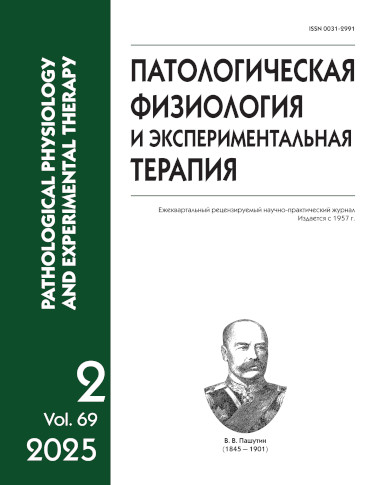The characteristics of platelet parameters in blood donors
DOI:
https://doi.org/10.48612/pfiet/0031-2991.2025.02.79-84Keywords:
platelet, blood donorAbstract
Background. Data on the state of the platelet lineage in frequent blood and platelet donors are fragmentary and sometimes contradictory; thus, studies in this direction are continuing. This is especially important due to the increasing use of plateletpheresis. Aim of this study was to evaluate the platelet count values obtained from the automated hematological analysis in various categories of blood and blood product donors. Methods. This was a single-center cross-sectional study of blood samples from frequent blood and platelet donors. Platelet parameters were assessed depending on the donorship duration and type. A Sysmex 1000XM hematological analyzer was used. Results. In all blood donors, the platelet count remained within the reference interval regardless of the number of donations. Blood donors with 3–7 years of experience showed a mean 20% increase (p<0.05) in platelet distribution width (anisocytosis) associated with a 26% increase (p<0.05) in the proportion of large platelets (P-LCR). The proportion of large platelets was also increased in platelet donors. In frequent donors, no differences were found between platelet parameters no matter the donation type (blood or platelets). Conclusion. Our data indicate the absence of platelet disorders in donors of blood and its products. The minor deviations identified in some parameters indicate physiological stimulation of thrombocytopoiesis and are temporary, reactive in the nature.Downloads
Published
2025-06-20
Issue
Section
Original research
How to Cite
[1]
2025. The characteristics of platelet parameters in blood donors. Patologicheskaya Fiziologiya i Eksperimental’naya Terapiya (Pathological physiology and experimental therapy). 69, 2 (Jun. 2025), 79–84. DOI:https://doi.org/10.48612/pfiet/0031-2991.2025.02.79-84.






